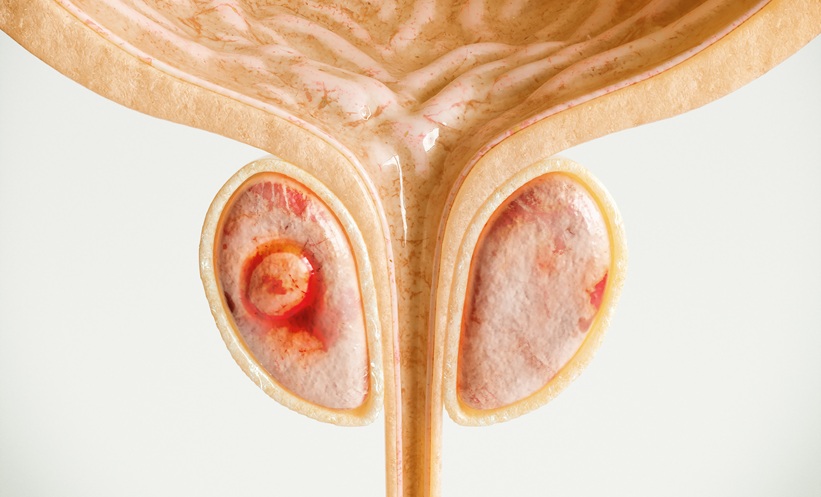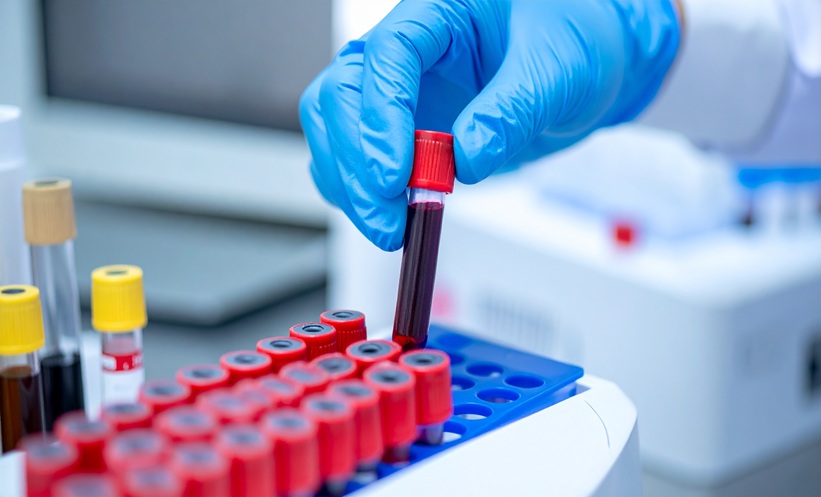NEW research suggests that a significant portion of men diagnosed with Grade Group 1 (GG1) prostate cancer on biopsy actually face higher cancer-specific risks than previously recognised, challenging calls to reclassify GG1 as a non-cancerous condition.
Although proponents of removing the cancer label from GG1 prostate cancer argue that pure GG1 at prostatectomy is rarely linked to metastasis, little is known about how often GG1 biopsies are associated with more aggressive disease and worse long-term outcomes. In this large, population-based cohort study, researchers analysed Surveillance, Epidemiology, and End Results (SEER) data from 117,162 men diagnosed with localised GG1 prostate cancer between 2010–2020. Men were stratified using National Comprehensive Cancer Network (NCCN) risk categories, and outcomes were assessed via multivariable regression and competing risk models. The primary endpoints were prostate cancer-specific mortality and rates of adverse pathology at surgery.
Of the cohort, 9% had favourable intermediate-risk disease, 3% had unfavourable intermediate-risk, and 4% had high-risk disease, meaning nearly one in six men with GG1 disease fell outside the low-risk category. Median age at diagnosis was 64 years. Among those with high-risk GG1, 60% experienced adverse pathology at prostatectomy. Notably, prostate cancer-specific mortality was 2.4% for unfavourable intermediate-risk GG1 and 4.7% for high-risk GG1, rates comparable to more aggressive Grade Group 2 (GG2) disease. Adjusted hazard ratios for prostate cancer mortality were significantly elevated: 1.60 (95% CI: 1.30–1.96) for favourable intermediate-risk, 2.10 (95% CI: 1.53–2.89) for unfavourable intermediate-risk, and 3.58 (95% CI: 2.93–4.38) for high-risk GG1, all compared to low-risk GG1.
This study provides robust evidence that GG1 prostate cancer is not universally indolent. A substantial subset of patients with biopsy GG1 disease have outcomes similar to those of men with higher-grade tumours, emphasising the need for caution in reclassification debates and careful risk stratification in clinical decision-making.
Reference
Patel NA et al. Grade Group 1 prostate cancer outcome by biopsy grade and risk group. JAMA Oncol. 2025; DOI: 10.1001/jamaoncol.2025.2304.







